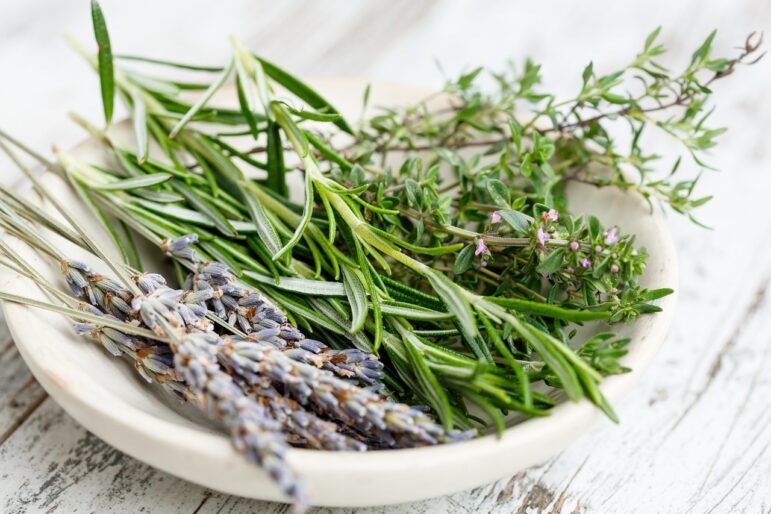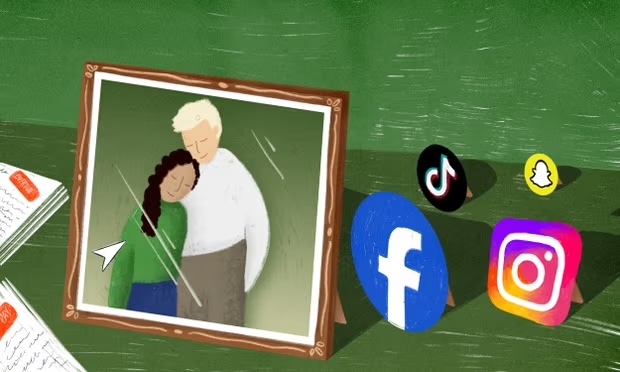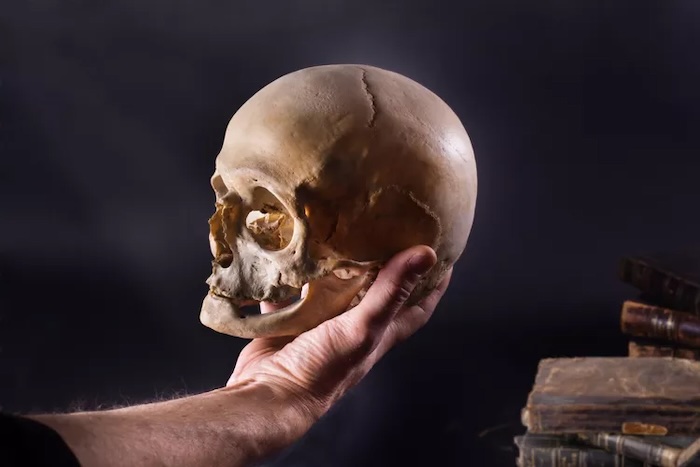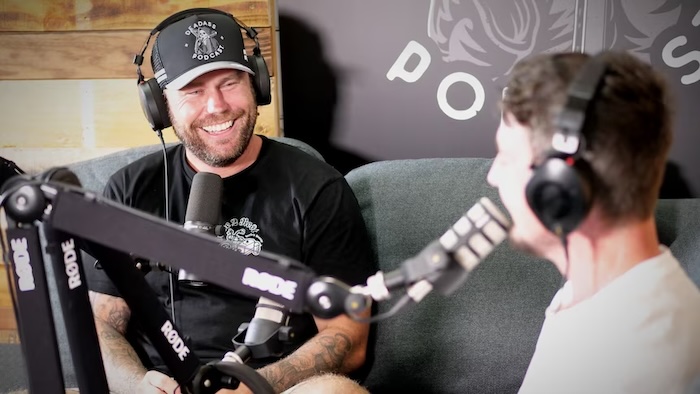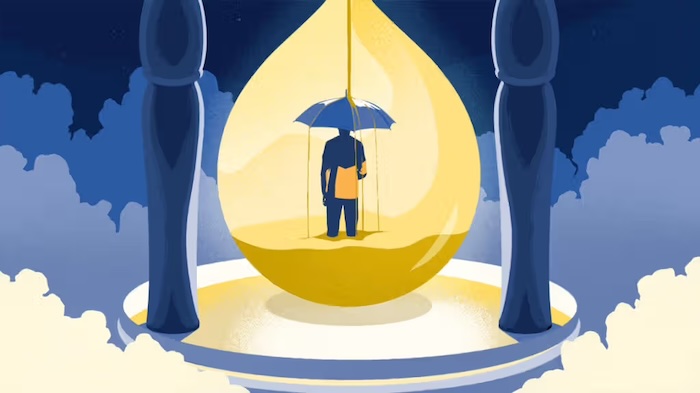— As my health is markedly declining, I’ve made a list: places to see/go, things to do, things to no longer do

By S.C. Beckner
At the end of every year in the past, I anxiously waited to crack open my new daily planner for the coming new year so I could jot down resolutions. I like a clean slate.
Every year those resolutions tumbled to the bottom of my to-list before I’d finished humming “Auld Lang Syne.” Things like, be more disciplined/stop procrastinating, tackle my TBR stack/try a digital sabbatical, and cut out sugar/lose ten pounds/no more than one dessert a day, topped the list year after year.
This year, I’m Googling phrases like “Is an advance directive the same as a living will?” “Where is assisted suicide legal?” “What drugs are used in assisted suicides?” When I type the last question into Google, the first thing that comes up is the number “988” and encouragement for me to reach out for support.
My arm felt heavy, the muscles rippled beneath the skin and my finger strokes on the keyboard weren’t landing as efficiently as they once had.
I don’t have a solid diagnosis yet. Instead, I have a plethora of odds and ends symptoms, disorders, dysregulation, immunodeficiencies and viruses after I contracted a nasty respiratory illness that lasted for seven weeks at the end of 2019 after a return trip to the Midwest to visit family for the holidays.
The Downward Spiral
The downward spiral started with an episode of super ventricular tachycardia a week or so after I was “on the mend.” My resting heart rate hit 150 plus beats per minute which began a series of trips to the local emergency room, tests and procedures. That illness triggered a marked decline of my health and was likely the beginning of this chosen end that I’m facing now.
But then, last March, three years after that first trip to the ER, I noticed weakness in my right forearm while I was working from home one afternoon. My arm felt heavy, the muscles rippled beneath the skin and my finger strokes on the keyboard weren’t landing as efficiently as they once had. Words were missing letters…Knoledge. Languge. Mariage. Muscles spasmed.
The next few months brought resting tremors, and trouble swallowing. My speech became sluggish in the evenings when I was most fatigued. I started to struggle with short-term memory, mixed up words in conversation, and it felt like words I used frequently had been stowed on shelves in my brain and I could no longer reach them.
I’m doing things like leaving the kitchen with the faucet running, burners on, and recently, I put a container of yogurt in the drawer with my Pyrex lids.
‘Maybe ALS’
In August, my rheumatologist referred me to a neurologist — my life inundated with ologists. Immunologist. Gastroenterologist. Rheumatologist. Neurologist. He suspected that rather than an autoimmune disease, a neuromuscular disorder was the root cause of many of my symptoms including the weakness, tremors and autonomic dysregulation which caused functions like heart rate, blood pressure and temperature to become unpredictable, and sometimes dangerous.
Now, after most physical exertions, like taking a mildly warm shower, my body temperature spikes to 102-104 degrees, my heart races to 130-150 plus beats per minute.
“Maybe ALS,” the rheumatologist said. Amyotrophic Lateral Sclerosis. A terminal diagnosis.
Thus far, ALS can’t be ruled out with certainty as a diagnosis, but it also hasn’t been confidently diagnosed at this point in the MRIs, EMGs and blood draws. I’m being referred to another neurologist for further evaluation. According to the ALS Therapy Development Institute, some patients initially receive a “suspected, possible, probable, or definite ALS” diagnosis as other disorders and diseases are ruled out.
I think in terms of quality of life, and regardless of which of those diagnoses the doctors land on, my decision to end my physical, cognitive and emotional suffering remains the same.
On paper, ALS is the worst-case scenario in terms of outcome with a life expectancy of two to five years depending on the progression of each individual patient. Best-case scenario, this myriad of symptoms, this failure of my fifty-two-year-old body, is that my faulty, gone-rogue immune system that has already attacked my other organs — lungs, liver and spleen — has started its assault on my brain causing inflammation and/or deterioration.
A Decision Made
This brain that I’ve filled with ten years of study in higher education, ideas for essays, books yet to be written, language, memories of my children, their children, my parents when we were all much younger — has been damaged. There is no way to know if there’s any hope of recovering what’s been lost. But now, I think in terms of quality of life, and regardless of which of those diagnoses the doctors land on, my decision to end my physical, cognitive and emotional suffering remains the same.
I haven’t officially told my family, many of those relationships are estranged/strained, and, even as a child, I oft communicated in writing. As a child, I asked my mother if she was mad at me on lined steno pages left on the kitchen table, asked her to check yes or no.
I’ve written letter after letter to my husband throughout our nearly-twenty-year marriage — in the beginning, letters of love and wanting, more recently, letters of request and reflection. I’m sorry you ended up with a sick wife.
I have expressed my frustration and fatigue with being sick for so long to some members of my family, said things like “This isn’t sustainable,” or “I’m not sure how much longer I can do this.” But they are of the mindset that I need to get out more, that I can somehow right the ship of my sick and fledgling body with positivity. Even my husband has talked to me about the power of “mind over matter.” Those are all different conversations.
On my worst days, I’m frequently utilizing my newly-purchased rollator after being humbled by several trips and a few falls.
Now, I have to try to take a short walk or do some sort of activity after every meal to help my stomach empty itself of its contents, lest the gastroparesis cause the food to stagnate and form a solid mass in my gut. On my worst days, I’m frequently utilizing my newly-purchased rollator after being humbled by several trips and a few falls. Some days, I struggle to feed myself and swallow food and drink, regardless of consistency.
While my brain and my body continue to weaken, I think about the trivial, everyday things like not being able to make and pour my own coffee, think about how my hands are no longer strong enough to hold one of my beloved coffee mugs that I’ve collected over the years from my children or from pottery-making friends.
I can no longer stand in the kitchen for extended periods while I make doughs and roll them into glazed and streusel-ed pastries or stir a pan of homemade hot fudge that I gift to friends and neighbors. I worry that my arms won’t hold my new granddaughter expected in the spring.
Leaning Into End-of-Life Plans
On a grander, more humiliating scale, I’ve wet myself more than once trying to maneuver my faltering, quivering body out of bed in the morning. As my speech slurs with fatigue and my word recall is failing, I think about the joy I’ve always found in oral communication — it’s how I connect with the world around me. I’m a storyteller, a teacher, a talker. The idea of losing these things that make me me is unbearable, as it is for anyone diagnosed with a debilitating and potentially terminal disease.
See a meteor shower. I checked this one off the list.
I am leaning into these end-of-life plans, engaging both the creative and Type A aspects of who I am. I am taking online art classes, learning to sketch, to paint, trying to teach myself to knit while simultaneously writing my care plan, getting my “final wishes” down on paper. “Final Wishes” is such an odd statement. I imagine genies seduced from bottles and how you can’t “put the genie back” once it’s freed and am reminded of the permanence of my decision.
Making Lists
I don’t like the term “bucket list,” but I’ve been making one —well, part bucket list, part to-do list. In my mind, I’ve divided this into three parts: places to see/go, things to do, things to no longer do. The list has things like:
Places to see/go:
1. See the northern lights in Maine, hike while I’m there.
2. See fall foliage somewhere in the northeast. One more time.
3. Visit another country. I’ve settled on Algonquin Park in Canada’s Ontario province. Stargaze, see the northern lights from there too.
Things to do:
1. Go camping. Sleep connected to the earth.
2. See a meteor shower. I checked this one off the list.
3. Plant a garden.
4. Collect and compile recipes for my kids, make care packages for each one with sentimental items.
5. Finish/sell my book.
6. Write letters to loved ones. See loved ones.
Things to no longer do:
1. No more offering myself up to those who aren’t interested in genuine loving/considerate relationships.
2. No more hating myself for the past. I want to love the life I lived, flawed as it was in many ways.
3. No more finishing books that I don’t like.
It’s been four years now, counting that lengthy viral illness. I’m tired. I reached the decision to end my suffering after much thought and consideration. I don’t know exactly when, but I’m close to settling on an assisted end-of-life plan.
But now, instead of wondering how my disease/s and decompensation will progress, worrying about the logistics of needing a greater level of care, I’m thinking more about living for the first time in…well, at least four years, maybe more. I’m seeking joy, love and kindness and looking for everyday opportunities to pour those things back out into the world around me.
Some days, I’m successful and other days, I’m not. I’m not a gracious sick person. But in all of this, I’m grateful that in planning for my death, I’ve finally learned what’s important to me…finally learned how to live.
Complete Article ↪HERE↩!


